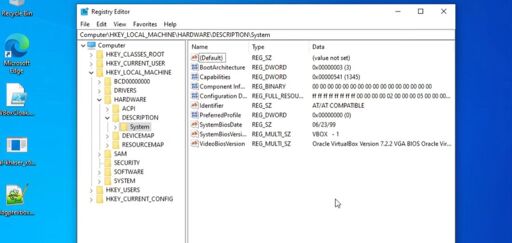

The only reason I gave up on Docker Swarm was that it seemed pretty dead-end as far as being useful outside the homelab. At the time, it was still competing with Kubernetes, but Kube seems to have won out. I’m not even sure Docker CE even still has Swarm. It’s been a good while since I messed with it. It might be a “pro” feature nowadays.
Edit: Docker 28.5.2 still has Swarm.
Still, it was nice and a lot easier to use than Kubernetes once you wrapped your head around swarm networking.
























Yep, that’s why I haven’t messed with Kubernetes either; way overkill for a homelab and especially so since I downsized due to soaring electricity costs here.